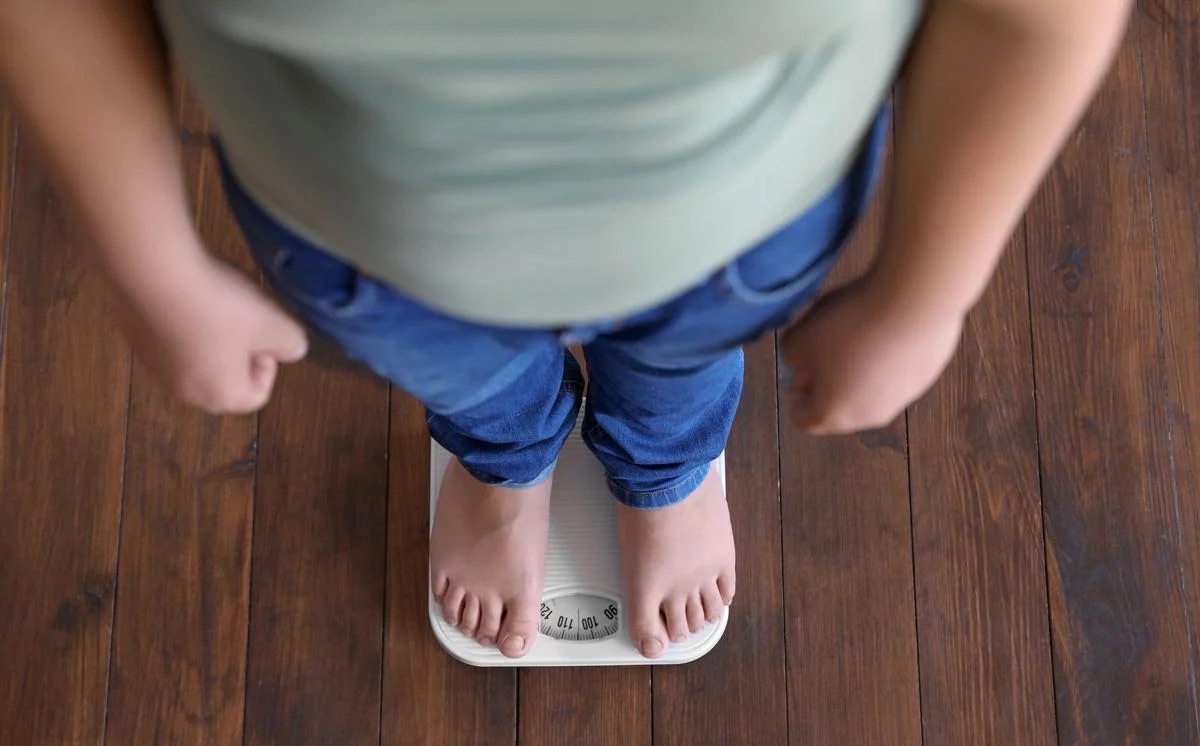U.S. health officials have revised a tool to track the rising cases of severe obesity among children who were previously off the charts.
Updated growth charts released Thursday by the Centers for Disease Control and Prevention now extend to a body mass index of 60 — up from previous charts that stopped at a BMI of 37, with additional categories to track obesity in kids ages 2 to 19.
In recent decades, severe obesity among children in America has nearly quadrupled, experts said.
“We noticed a decade ago that we were kind of outstripping our growth charts,” said Dr. Tom Inge, who directs the weight loss surgery program at Lurie Children’s Hospital of Chicago.
The CDC charts are the most widely used tool in the U.S. to track growth and development in kids. Parents are used to discussing the progress of their children’s growth from the time they are babies, noted the CDC’s Dr. Alyson Goodman. The new charts will be “extremely helpful” in guiding better conversations between parents and health care providers, she said.
“You use these charts as a visual aid,” Goodman said.
The old charts had been used since 2000. They were based on data from U.S. surveys conducted from 1963 to 1994, when far fewer children were obese, let alone severely obese, said Cynthia Ogden, a CDC epidemiologist. Today, about 4.5 million children — about 6% — fall into that category
Growth charts show patterns of development by age, expressed in BMI, a calculation of height and weight, and also in curves called percentiles. Unlike adults, children are not classified as obese or severely obese based on a strict BMI cutoff, Inge noted. Instead, kids are described as obese based on percentiles — where they fall compared to other kids their age.
A child is considered obese if they reach the 95th percentile on the growth charts, and severely obese at 120% of that mark — or with a BMI of 35 or higher, according to the CDC. For instance, a 17-year-old boy who is 5 feet, 8 inches tall and weighs 250 pounds would have a BMI of 38 and be described as severely obese.
The old charts didn’t include children like Bryan Alcala of Aurora, Illinois, who first sought help in 2019 as a high school freshman who was 5 feet, 5 inches and weighed about 300 pounds.












